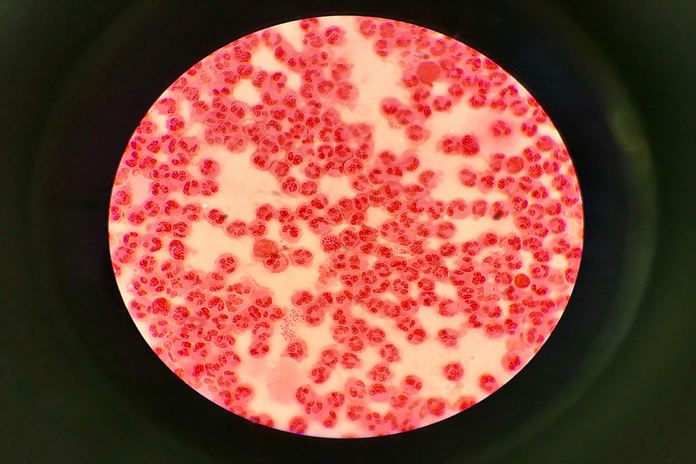Types of Urethritis

The cause of the inflammation is used to classify the various forms of urethritis. There are two types of urethritis
- Gonococcal urethritis
- Nongonococcal urethritis
1: Gonococcal urethritis
Gonococcal urethritis is a bacterial infection that affects the urethra (gonorrhea). The bacterial organism Neisseria gonorrhoeae causes acute inflammation of the urethra. A purulent urethral discharge appears after a short incubation time of 2 to 5 days following intercourse and pain when passing urine.
Micturition may become more frequent if the infection extends to the proximal urethra. In contrast to females, around 70% of gonococcal infections are asymptomatic, and roughly 90% of males have such symptoms due to infection.
It can penetrate an intact urethral mucosa. The gonococcus can infect the submucosa and spread to the corpus spongiosum. This is an acute suppurative inflammation characterized by increased vascularity, edema, and polymorph leukocyte infiltration.
Inflammation of the periurethral glands is common, although it can also affect the prostate and epididymis. Abscesses may form at any of these sites. As a result of fibrosis in relation to injured periurethral glands, the urethral stricture can form several years after the initial infection. Gonorrhea is a prevalent ailment that primarily affects young individuals and is highly infectious.
Gonococcal urethritis can cause a severe systemic infection with fever, petechiae, and tiny sensitive papules. Tenosynovitis and arthritis, as well as corneal scarring after eye infections, are all possibilities.
2: Non-gonococcal urethritis
Non-gonorrhea urethritis (NGU) is an infection of the urethra (the tube that runs from the bladder to the penis in men or the labia in women and through which urine passes) caused by a different bacteria than those that cause gonorrhea. This infection can be triigerred or caused by a variety of species, but the most common cause of NGU is a bacterium known as Chlamydia, which is a sexually transmitted disease (STD).
Mycoplasma is the second most prevalent cause, accounting for 15% to 20% of NGU cases; however, widespread testing for mycoplasma is not available.
Infection with Trichomonas vaginalis, herpes simplex virus, Epstein Barr virus, and Adenovirus are among the less prevalent causes of non-gonococcal urethritis. Enteric bacteria is a rare cause of non-gonococcal urethritis that mostly affects men who engage in insertive anal intercourse. NGU (non-gonococcal urethritis) is characterized by polymorphonuclear leukocytes and the absence of intracellular gram-negative diplococci on gram stain.
Men with urethritis do not all have symptoms, and approximately 40% of all cases of non-gonococcal urethritis are asymptomatic.
HSV NGU can cause urethritis in patients with regional lymphadenopathy, constitutional symptoms, or cysts.
Who gets NGU?
The organisms that cause NGU are sexually transmitted, and the female urethra is rarely infected during intercourse. NGU is more commonly detected in men. This infection is most common in men between the ages of 15 and 30 who have several sex partners. Chlamydia trachomatis is the most common cause of NGU, accounting for 15 percent to 40% of all cases.
